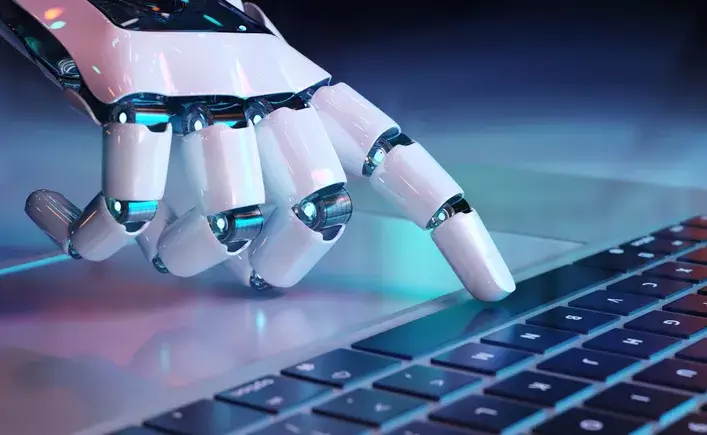The rapid advancements in artificial intelligence have fueled a burgeoning revolution in the arts, but with this innovation comes a significant legal quandary: who owns the rights to works produced by AI? This dilemma became sharply illuminated with a recent ruling involving Stephen Thaler, an AI poetry author seeking to assert his claim over works generated by his artificial intelligence. The court’s decision underscores a profound truth—current copyright laws do not consider AI-generated works as protectable intellectual property.
At the core of this legal battle lies the argument of authorship. Traditionally, copyright laws are predicated on the notion that only human beings can lay legitimate claim to creative works. Judge Patricia Millett, in her sharp analysis, defined the essence of authorship through humanity: “Because many of the Copyright Act’s provisions make sense only if an author is a human being, the best reading of the Copyright Act is that human authorship is required for registration.” This ruling sets a precocious standard that raises significant questions about the future of creativity in an increasingly automated world.
Understanding the Court’s Rationale
The ruling made by the Court of Appeals for the District of Columbia Circuit reinforces the long-held perception that machines lack the necessary emotional and intellectual faculties to qualify as authors. The judges articulated the concept that “machines cannot be granted copyright because they do not have lives.” This resonates deeply in the philosophical debates surrounding art’s very nature—Artistry is intrinsically human, derived from our experiences, emotions, and understanding of the world. The logic is straightforward: an algorithm, no matter how sophisticated, lacks the consciousness that colors true artistic expression.
Moreover, the ruling highlighted how copyright laws are fundamentally structured around the idea of human authorship. The fact that copyrights cannot even be transferred to an author’s family after death emphasizes the existing shortcomings of copyright when it comes to AI. This limitation could pose an existential question for artists and creators as advancements in AI threaten to reshape the very fabric of ownership and creativity.
The Implications of AI-Generated Work
As creators from all domains increasingly rely on AI-driven tools to craft their art, the stakes grow higher. The recent decision now clarifies that if one merely utilizes AI to generate creative outputs—be it writing, painting, or music—there exists a legal grey area where ownership is concerned. The U.S. Copyright Office stipulated that only when there is significant human intervention can an AI’s outputs be deemed copyrightable. Prompts alone are insufficient; a human must creatively guide the process. This distinction creates a new hierarchy in the creative process where human involvement can either validate or undermine the entire output.
This limitation affects not only individual artists but could fundamentally transform commercial art practices. Picture a scenario where Hollywood studios or advertising agencies increasingly harness AI to churn out content—how will they navigate this intricate legal landscape when it comes to claiming ownership over their outputs? The apparent absence of legal framework for ownership of AI-generated works positions creators at a precarious disadvantage, often resulting in an atmosphere of uncertainty and fear of the unknown.
The Future of Copyright Law and AI
As the industry grapples with the implications of these advancements, the urgency to reconsider copyright law becomes apparent. Will commercial interests, particularly those of large Hollywood studios or tech giants, push for a systemic overhaul of existing laws? At this juncture, it seems the answer is clouded. The intersection of art and AI complicates the straightforward parameters of ownership and creativity, raising a plethora of challenging questions.
The adaptability of the law is vital; should new technologies reframe the very concept of intellectual property, the legal system must evolve to ensure it accommodates the creatively rich environments in which artists work. The question remains—will legislators act in time to address the growing concerns over AI’s role in creative expression?
The ongoing ripple effects of the Thaler case present a challenging landscape for artists, inviting them to rethink the very foundations of creativity in light of AI. Those who venture into the realm of generative art must navigate a delicate balance—between innovation and the fundamental rights that encapsulate authorship. The future of art and ownership may hang in the balance as we continue to explore the complexities of creation in an AI-driven era.


Leave a Reply